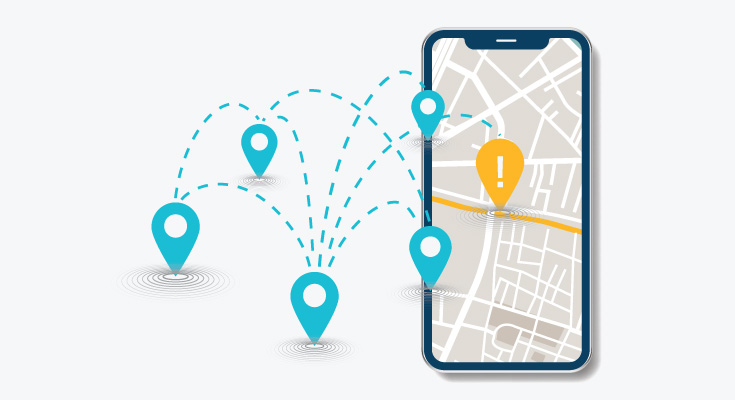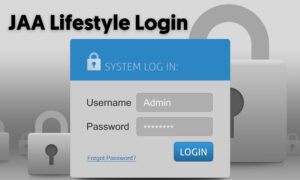Verification of customer addresses is something that banks have been doing for years now. Address verification service is a tool that credit card merchants themselves use. It helps credit card providers, banks, and other financial institutions keep track of customers and reduce credit card fraud. The address verification checks rely on the billing address that’s provided by the customers.
The reason to perform these address verification is that the merchant wants to make sure if the payment is legit or not. The credit card processor sends a verification code back to the merchant. The code signifies to the merchant that the address verification process is successful. Once the merchant gets the code, they can let the payment go through. This helps in ensuring security in online transactions, where merchants can’t see the users physically.
A well-done address verification service checks allow merchants to determine whether or not a transaction should go through.
AVS is the first line of defense against fraudsters and is used by merchants to prevent credit card fraud.
Unfortunately for merchants and financial institutions, AVS is not a full-proof solution for preventing credit card fraud. Sometimes, the data provided by customers does not match with the data on the records. Even if it is a legit transaction, it can lead to merchants rejecting the transactions.
AVS is a crucial part of credit card payment processes and is used 66]widely in the United States, Canada, and the United Kingdom.
Deeper Look at Address Verification Service
The address verification service (AVS) is a somewhat effective credit card fraud prevention service that can help in preventing chargeback fraud. AVS works to verify that the billing address entered by customers is the same as the one associated with the user’s card account. AVS is used by all the major credit card companies to prevent CNP fraud.
While checking out, customers have to enter their address, which is then compared to the data available on record. Once the addresses are verified, the bank sends an AVS code back to the merchant. Merchants can use this code to decide whether a transaction is legit or not.
The codes sent forward by banks are single-letter codes that help the merchants make a quick decision while the customer is waiting for the checkout process. These codes are perfect for figuring out the next step, it can either be:
- Transaction approval
- Exception
- Transaction declined
Most of the time, AVS transactions are part of a multi-layered approach to prevent fraud and flag suspicious transactions.
Common Examples of Address Verification Service
There are some basic examples of Address Verification services that all of us come across every now and then. Let’s take the example of Amazon.com:
- Amazon’s payment gateway transmits address data to the customer’s issuing card brand.
- Then it’s up to the credit card company to send this information to the issuing bank. The bank then compares the address provided by the customer vs the data available on record.
- The payment originator checks the authorization status and then the AVS response code is sent to Amazon’s payment gateway.
If the address that’s offered by the customer does not match the address provided by the issuing bank’s records, the verification code will show a mismatch. This can lead to the payments being declined.
If both the addresses match with each other, the AVS code will signify that and the transaction will be approved. While the process may seem too long, it takes just a couple of seconds. Moreover, all of this happens in the background without the knowledge of a customer.
Exceptions in the Address Verification Service
In concept, the AVS sounds full proof. But in reality, the process can contain some complications. It does not offer complete fraud prevention. Also, there are occasions when rare occasions generate false results.
For best results, payment gateway or other payment solutions should use AVS with other fraud prevention solutions. DIRO online bank verification solution can help in verifying bank data using bank statements. The verification happens instantly, so customers can enjoy a good experience.
Conclusion – Address Verification Service
That ends our guide on address verification services. This is all you need to know about the address verification service and how it works. While the solution isn’t perfect, it is used widely across multiple countries. Online bank account verification services can improve the overall verification process.
A bank account verification service can verify bank account data instantly. DIRO verifies customer data directly from the issuing source, thus reducing the risk of fraud.









































